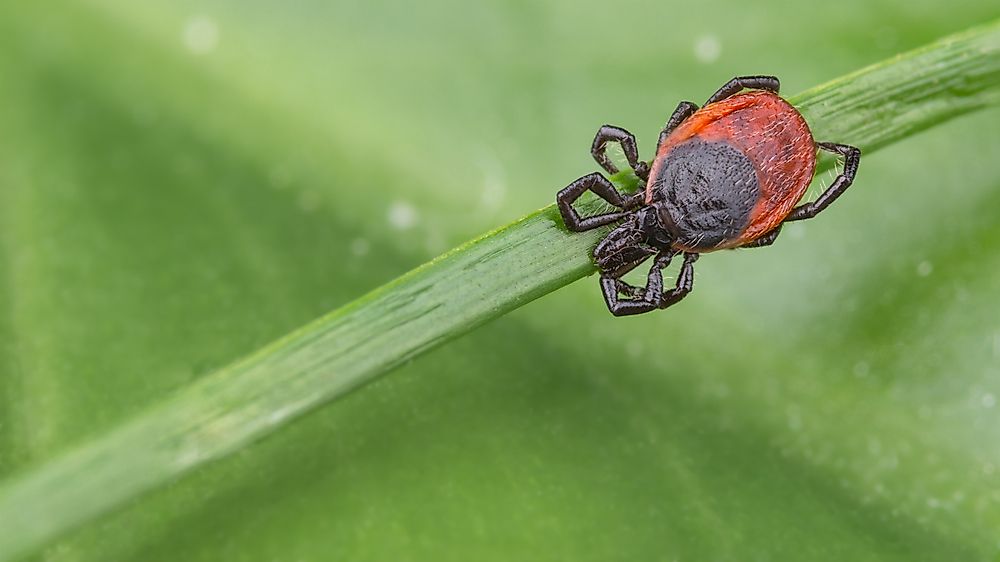Where Do Ticks Live?

Ticks are small parasitic organisms that live in the fields, wooded areas, on animals, and any other place where they may encounter food. They depend on blood from hosts who can be either animals or humans to survive. The life cycle of ticks is about three years. They are resilient arachnids that can survive in extreme temperatures. They can also survive for a long time without food; some species of ticks can even last for more than a year without blood. Ticks transmit diseases including Lyme disease, tularemia, rocky mountain spotted fever, babesiosis, anaplasmosis, ehrlichiosis, and tick-related relapsing fever.
Ticks Could Be Outside Your Door
Tick populations are higher in grassy and wooded environments where they feed on roaming and crawling animals including lizards, deer, mice, squirrels, birds, and rabbit. They can also be found in urban areas and coastal regions. Ticks survive in humid and moist environments which is closer to the grounds such as falling branches, logs, grassy area, and tall brush. Ticks in the early stages of larvae and nymphs prefer living under trees and decomposing leaves. These inviting conditions and not limited to the remote wilderness can also be found in picnic areas, parks, and in your backyard. When looking for tick habitat in your environment, you should be keen on woodpiles, stones, piles of leaves and litter, overgrown shrubs, pets, and animal feeders.
Ticks Inside Homes
Most ticks prefer outdoor environments, but some species live and thrive indoors. The brown dog tick prefers indoors and can cause a high infestation in dog kennels, homes, and other structures with dogs. Soft ticks also prefer indoors, especially in rustic cabins where they are spread by mice and other rodents. Ticks feed on the blood of the pets and people while they sleep and lay eggs in concealed areas allowing the species to spread. An outdoor tick can find its way to your home by attaching itself to your pet, especially dogs and cats that spend their time outdoors. Once they are done feeding, they fall off and crawl in search of another host or a way out.
Ticks Are Active Year Round
Some species of tick prefer warm weather and are active during summer and spring. Others are more resilient to extreme temperature and remain active all year round. Deer ticks, also known as adult blacklegged ticks, are active from fall to spring. The population of these ticks begins growing in early October and remain active throughout the winter on condition that the temperature remains above the freezing point and the ground is not covered by snow.
Ticks Prefer That You Come To Them
Ticks prefer a passive approach known as “questing.” They attach themselves to the top of a branch, bush, or grass blade and wait. When a potential host passes by, the tick crawls and attaches itself to the host. They use their legs to navigate through the body. Ticks are attracted to carbon dioxide which is a gas emitted by all mammals when they breathe. When a potential host moves closer but does not make contact, the tick crawls closer to the source of the gas and attaches itself.











